28 Hacks to Keep Your Old Clunker Kicking
Driving an aged vehicle? You’re in good company. The median vehicle age on U.S. highways is currently 12.5 years.
Regardless of whether economic factors or affection for your trusty ride is keeping you together, proper maintenance can keep it running smoothly for the long haul. Here are 28 valuable insights to help your seasoned vehicle retain its youthful vigor.
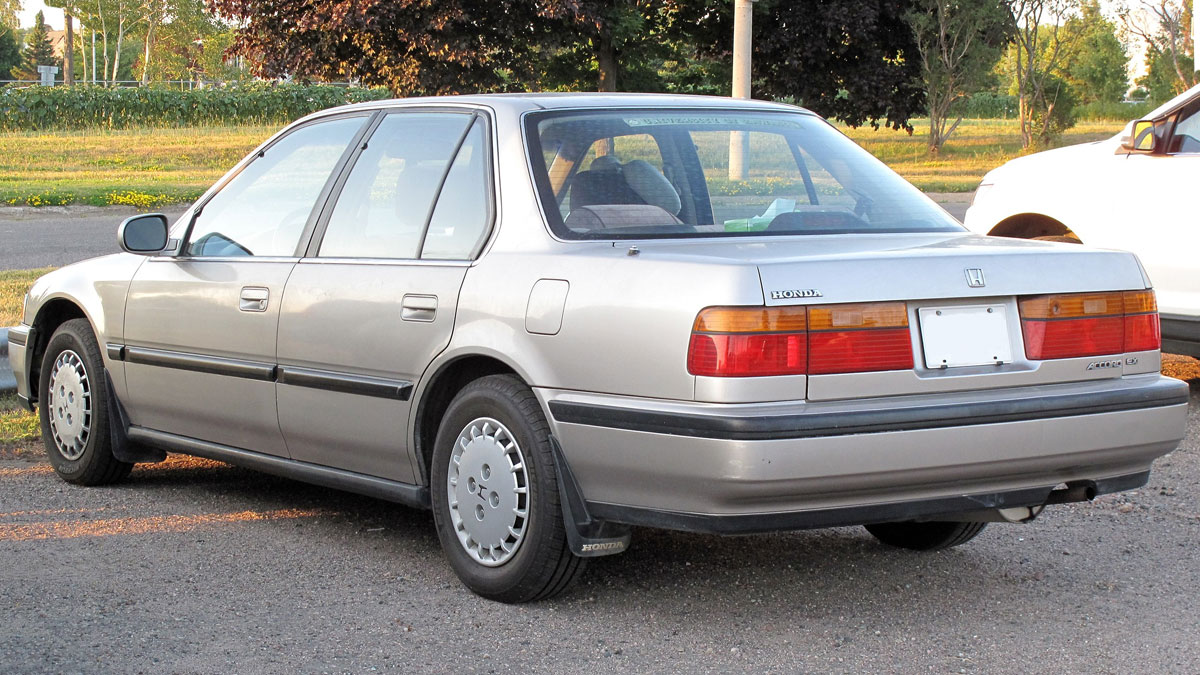
How to Keep Your Old Car Running Like New
#1 – Skip the Short Jaunts
Constantly taking your car on short trips can do more harm than good. It doesn’t give your engine enough time to warm up, leading to quicker wear and tear. If possible, try to bundle your errands into one longer drive.
#2 – Oil Changes Are Key

Especially if you’re driving short distances, changing your oil every 2,000-3,000 miles can do wonders in many older vehicles. There’s regular oil, and then there’s synthetic oil which, though pricier, offers better protection for your engine. In any case, follow your owner’s manual for maintenance intervals.
#3 – Gentle Pace, Better Grace
Jerky accelerations and abrupt stops can put undue strain on your vehicle. How about adopting a more calm and serene approach to driving? Your vehicle will surely appreciate it. Lose the lead foot and learn how to coddle your ride.
#4 – Keep an Eye on Warning Lights
Your car’s dashboard lights aren’t just for decoration. If you see the engine oil, temperature, or brake lights flicker on, get it checked immediately to avoid serious damage to your vehicle.
#5 – Ditch the Extra Baggage
Hauling around extra weight puts a strain on your car’s engine and other parts. Keep your ride clutter-free and it will last longer.
#6 – Don’t Skimp on Maintenance
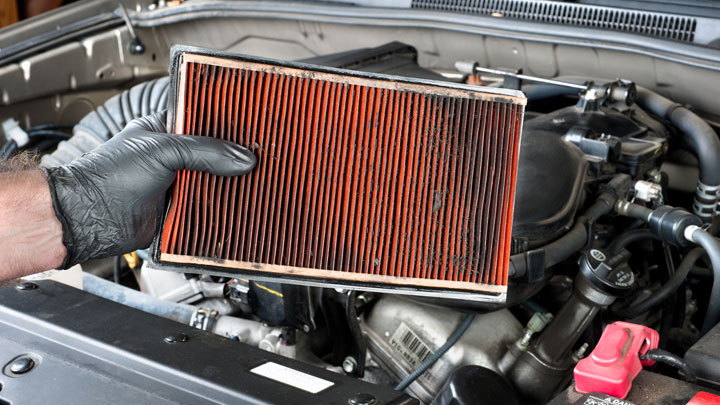
Regularly change your oil, replace filters, and carry out other routine services. Think of it as a spa day for your car!
#7 – Top-Up Fluids
Your car drinks more than just engine oil. Other fluids including transmission fluid, brake fluid, power-steering fluid, and antifreeze all need topping up regularly to keep your ride smooth and problem-free. While you’re at it, top off the windshield washer fluid to make sure you don’t get in a situation with no washer fluid coming out when you need it most.
If your car starts making weird noises or smells funky, don’t turn a deaf ear or a blind eye. Immediate attention can save you from a hefty repair bill later.
#8 – Trust in a Good Mechanic
Securing a dependable, honest mechanic is an invaluable asset. They become familiar with your vehicle and are instrumental in maintaining its peak performance.
Your ideal choice should be an independent workshop, run by a dedicated owner, accompanied by an outstanding reputation.
#9 – Keep Your Mechanic in the Loop
Make sure your mechanic knows your long-term plans for your car so they can tailor their maintenance advice accordingly. For instance, if you plan to keep your aged car for several more years, certain seals, sensors, and engine and transmission mounts might need replacement.
#10 – Don’t Ignore Strange Noises or Smells

#11 – Clean the Undercarriage
Road salt in winter can cause corrosion and rust. Washing your car frequently in the colder months can help keep it rust-free. This same stipulation applies to anyone who regularly operates their vehicle off-road.
#12 – Avoid Toasty Garages
Storing a snow-covered car in a heated garage can speed up rusting. An unheated garage or carport is a better choice for winter storage.
On the flip side, if you must park outside, invest in a quality and well-fitted car cover. Caution though… make sure that the car is completely dry before covering, otherwise you increase the chances that it will rust.
#13 – Refresh Transmission and Differential Fluids
Over time, these fluids can degrade, which can affect your car’s performance. Check your manual to know when it’s time to change them.
#14 – Change the Coolant
A coolant system flush offers numerous benefits in a compact process as it eliminates rust and scale deposits that accumulate over time, enhancing system efficiency. It also reduces the risk of engine overheating by replacing the old coolant with a fresh one, improving heat transfer.
Moreover, the procedure prolongs the life of the entire cooling system, including the water pump, hoses, and radiators by reducing wear and tear. Lastly, the introduction of fresh coolant restores the system’s correct pH balance, thereby minimizing the corrosion of metal components.
#15 – Look After Your Wheel Bearings
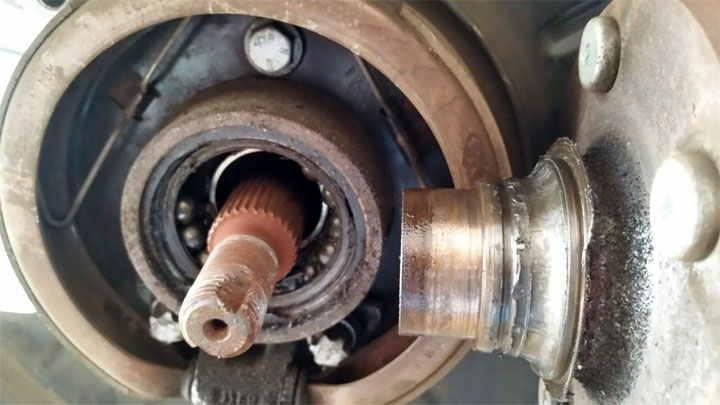
Regular maintenance on your wheel bearings ensures smooth tire operation and a comfortable ride.
#16 – Swap Out Brake Fluid
Brake fluid can absorb moisture over time, leading to potential problems with your brakes. Regular changes can help keep your brakes sharp and safe.
#17 – Keep an Eye on Tire Pressure
Maintaining the correct tire pressure is vital for both vehicle efficiency and safety. When properly inflated, tires promote fuel efficiency by reducing engine load, and they prevent uneven tire wear, which can lead to premature replacement and potential blowouts.
Therefore, routinely checking tire pressure—ideally once a month and before lengthy journeys—is a simple yet effective habit to prolong tire lifespan, enhance gas mileage, and ensure safer driving.
#18 – Smooth is the Way to Go
Hard acceleration and deceleration can take a toll on your car. Adopting a more relaxed driving style will help minimize this wear and tear.
#19 – Keep It Clean
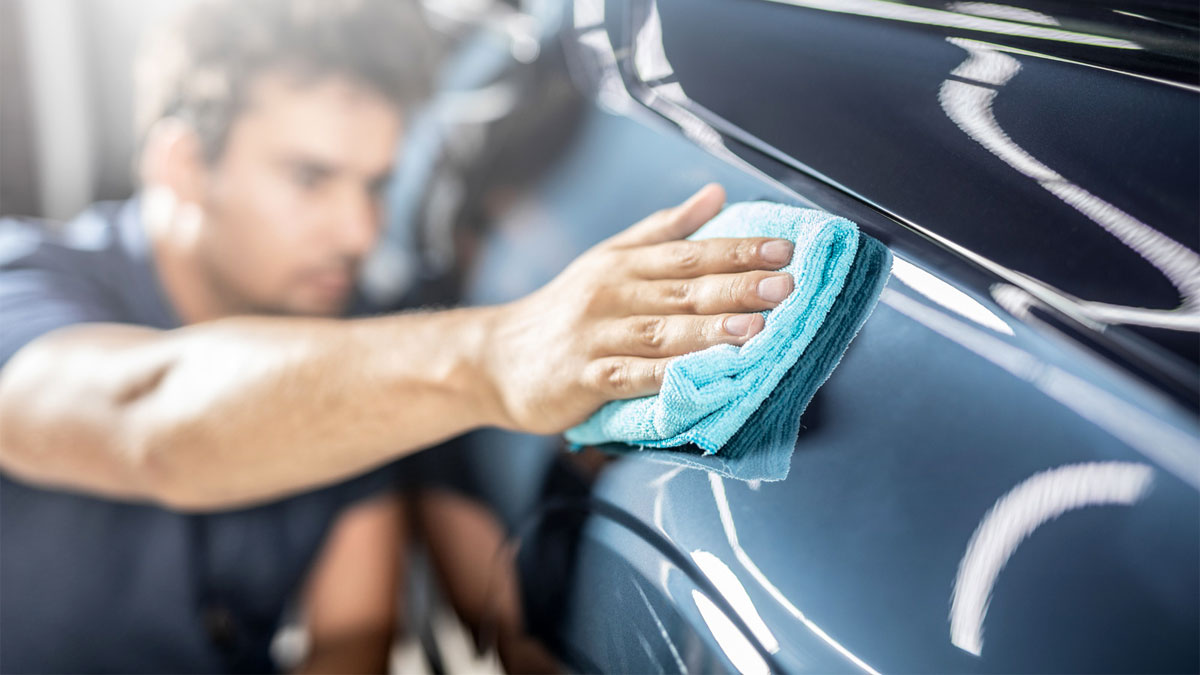
Regular washing and waxing isn’t just about looking good. It protects the paint, prevents rust, and helps maintain its value. And a clean interior offers similar ownership benefits.
#20 – Shield from Sun Damage
Prolonged sun exposure can dull your car’s paint and harm the interior. Using car covers or parking in the shade can help mitigate these effects. Keep in mind the earlier point about covering the vehicle only when it’s completely dry.
#21 – Drive Your Car Regularly
Make sure your car actually gets driven now and then instead of hibernating in a garage. This ensures that the oil circulates throughout the engine, lubricating and preventing parts from rusting.
#22 – Maintain Proper Wheel Alignment
Making sure your wheel are properly aligned helps prevent uneven wear on your tires, and reduces strain on your suspension components. If you notice uneven tire wear or your car pulling to one side, it’s time to visit a mechanic.
#23 – Replace the Timing Belt or Chain

Follow the manufacturer’s recommendations for timing belt or chain replacement. These components play a critical role in the engine’s functionality.
#24 – Use Floor Mats
Floor mats are a small investment that can help protect your car’s carpet from dirt, mud, and spills. Not only useful to maintain cleanliness, but they also preserve your car’s resale value.
#25 – Replace Windshield Wipers
The wiper blades are your best friends on a rainy or snowy day or when driving through bug swarms. Periodically check your blades and look for cracked or torn rubber. If you see any wear and tear, hear squeaking whenever they’re in use, or it’s been 12 months since you last replaced them, it’s time for new ones.
#26 – Lubricate Hinges and Locks
One of the easiest hacks is keeping hinges and locks lubricated. For door hinges, clean the area with a rag and apply white lithium grease. Work the grease into both sides of the hinge by moving it several times. Wipe away excess to prevent debris collection.
Car door locks benefit from graphite lubricant since it doesn’t attract dust like oils do. Squirt a small amount into the locks and work it in with your key.
#27 – Clean Battery Terminals
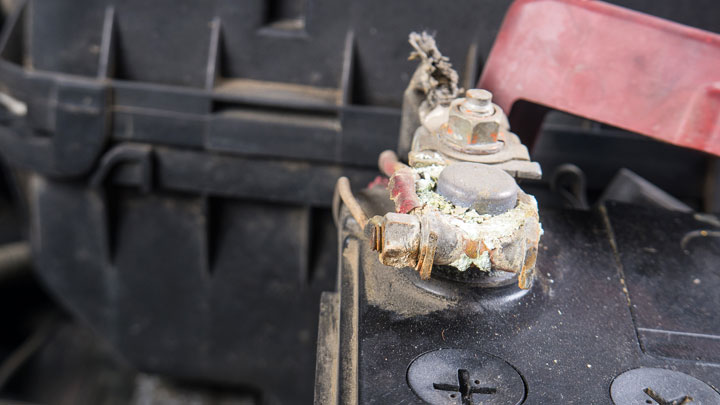
Over time, corrosion on your battery terminals can build up and cause poor electrical connections, resulting in slow cranking or no-start situations. Regularly cleaning your battery terminals and posts will help make sure your vehicles starts up and runs like it’s supposed to.
#28 – Use a Battery Maintainer
If you plan on a long vacation, storing your car for the winter, or just don’t plan on driving it for a while, hook up a battery maintainer (trickle charger) to keep the battery from fully discharging.
For long-term storage, adding a fuel stabilizer to your gas tank will help prevent fuel from breaking down. Both of these will make it much easier to start your car back up when it’s time to hit the road again.
Car Care Hacks
Proper vehicle maintenance significantly influences its performance and reliability. A well-maintained car doesn’t just deliver a satisfying driving experience but also strengthens its reliability and retains its value more effectively.
With the implementation of these 27 hacks, the lifespan of your vehicle can be prolonged, maintaining its optimum condition for years to come.
- 28 Hacks to Keep Your Old Clunker Kicking - Sep 14, 2023
